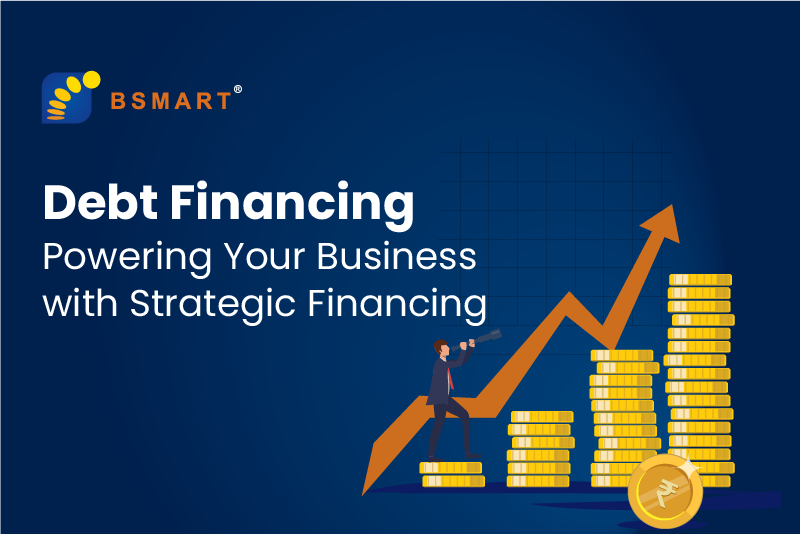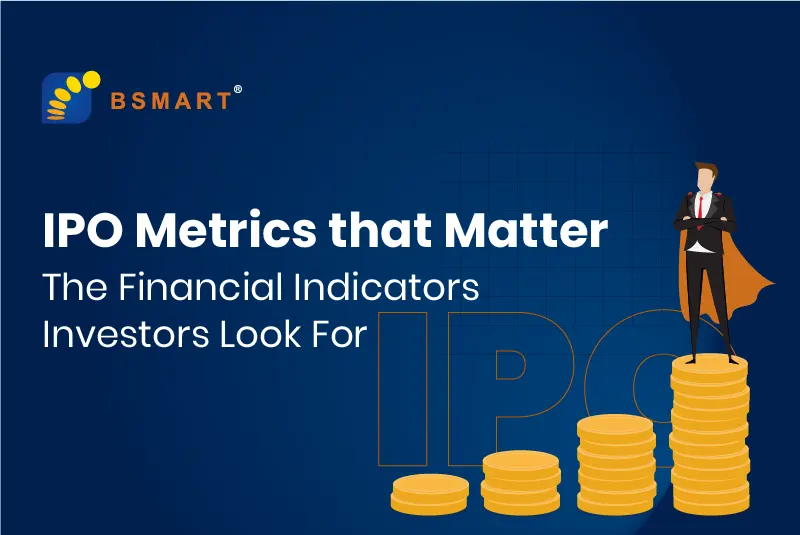Debt Financing – Powering Your Business with Strategic Financing

Debt financing is one of the most powerful growth tools a company can leverage, provided it’s managed with foresight and precision. It offers businesses the liquidity needed to scale without sacrificing ownership. But the real key to unlocking its potential lies in not just understanding the various types of debt but also in being fully prepared to manage and repay that debt effectively.
This involves taking a strategic approach to cash flow management and carefully analysing financial metrics, such as the Debt Service Coverage Ratio (DSCR), which reveals how well your operational income can cover your debt obligations. Similarly, keeping a close eye on leverage ratios and the debt-to-equity ratio ensures that your financial structure remains robust and sustainable over time. These evaluations are not just numbers on a balance sheet, they form the foundation for long-term growth, ensuring that debt works for your business, not against it.
Debt financing can be broadly categorised into structured and unstructured debt, both of which offer unique benefits depending on your company’s specific needs and market conditions.
Structured Debt: Tailored Financing Solutions
When businesses seek financing solutions that go beyond the basics, structured debt steps in as a highly customised option. It’s designed to align seamlessly with your company’s cash flow patterns, project timelines, and risk management strategies. Typically used for long-term funding, structured debt offers the advantage of predictable cash outflows, which is vital for companies managing more complex financial needs. With tailored repayment terms and often secured by collateral or guarantees, structured debt ensures that your financing is not just a short-term fix, but a strategic move that supports your growth goals with confidence.
Common Instruments:
- Term Loans: Fixed-amount loans repaid over a set period, with fixed/floating interest rates. These are ideal for businesses making significant capital investments, such as purchasing property or high-value equipment, where long-term planning and repayment certainty are key.
- Corporate Bonds: Companies issue corporate bonds to raise large amounts of capital from multiple investors. These bonds provide predictable cash flow through regular interest payments and are often used for long-term projects. Unlike loans, corporate bonds spread risk among numerous bondholders and offer businesses flexible repayment terms, depending on the bond’s structure and rating.
- Asset-Backed Lending: Loans secured by specific assets like real estate, inventory, or receivables. This is a useful tool for businesses with significant physical assets but limited cash flow. Companies can leverage their assets without immediately selling them, improving liquidity without compromising operations.
- External Commercial Borrowings: ECBs allow businesses to raise large amounts of foreign capital at lower interest rates than domestic loans. However, firms must manage currency exchange risks and comply with specific regulations around usage and repayment periods, such as FEMA.
- Other Instruments – CLOs, MBS, and NCDs: Collateralized Loan Obligations (CLOs) and Mortgage-Backed Securities (MBS) offer businesses and financial institutions access to large-scale financing by pooling loans or mortgages and selling them as securities. These instruments are relatively lesser used options. Additionally, Non-convertible Debentures (NCDs) are fixed-income instruments that provide companies with capital while offering investors steady returns without the option to convert into equity.
Unstructured Debt: Flexibility with Fewer Strings Attached
Unstructured debt, often unsecured, provides businesses with flexible financing options that come with fewer restrictions and covenants. Unlike secured loans, this type of debt may or may not require collateral, making it a quicker and more straightforward option for accessing funds. However, the lack of tailored protections means it can carry higher interest rates and a greater risk for both the lender and borrower. Businesses typically use unstructured debt when they need rapid financing without the detailed conditions associated with structured alternatives
Common Instruments:
- Revolving Credit Facilities: This flexible instrument allows businesses to draw, repay, and redraw funds as needed, within a set limit. It’s perfect for managing working capital and bridging short-term cash flow gaps.
- Bridging Loans: These short-term loans provide businesses with immediate liquidity while they wait for longer-term financing to materialise. They can come from traditional sources like banks, but also from informal sources such as family, friends, or personal loans from moneylenders. While these loans can be convenient, they often come with high-interest rates, especially when sourced from non-institutional lenders.
- Chit Funds: Chit funds operate as a rotating savings and credit system, where a group of individuals or businesses contribute to a pool of funds regularly. Participants can bid for the pooled amount in times of need, while the organiser takes a commission. It’s a popular financing tool in certain regions, particularly in India, offering both savings and quick access to cash without the need for formal collateral
When to Use Structured vs. Unstructured Debt?
- Structured debt is ideal for long-term growth projects that require predictability and detailed financial planning. If your business is investing in significant capital assets, like infrastructure or technology, or embarking on a multi-year project, structured debt ensures a clear repayment path and long-term security. Additionally, structured debt helps businesses maintain or build their credit profile, offering access to lower interest rates compared to unsecured options. With strong legal frameworks in place, structured debt provides both the lender and borrower with clear legal remedies in case of default, making it a robust financing solution for long-term stability.
- Unstructured debt, on the other hand, is suited for short-term needs or when flexibility is paramount. Whether it’s managing working capital during peak seasons, covering immediate expenses, or seizing an unexpected business opportunity, unstructured debt provides a fast, flexible solution with fewer strings attached. This option is often the go-to when formal financing options are not readily available and businesses need money immediately. However, this flexibility may come with higher interest rates and fewer legal protections.
As someone who has guided businesses through the intricacies of debt financing, I’ve seen firsthand how strategic borrowing can be a game-changer when done right. Debt isn’t just about taking on obligations; it’s about harnessing opportunities that enable real growth. The key lies in choosing the right type of debt, aligning it with your unique business goals, and managing it with discipline. When debt becomes a carefully planned component of your growth strategy, it transforms from a mere liability into a powerful ally. Remember, debt is a tool to build, not to burden. With the right financial strategy and a clear vision, you can leverage debt financing to propel your business toward its full potential.
– CA Sachin Parakh





